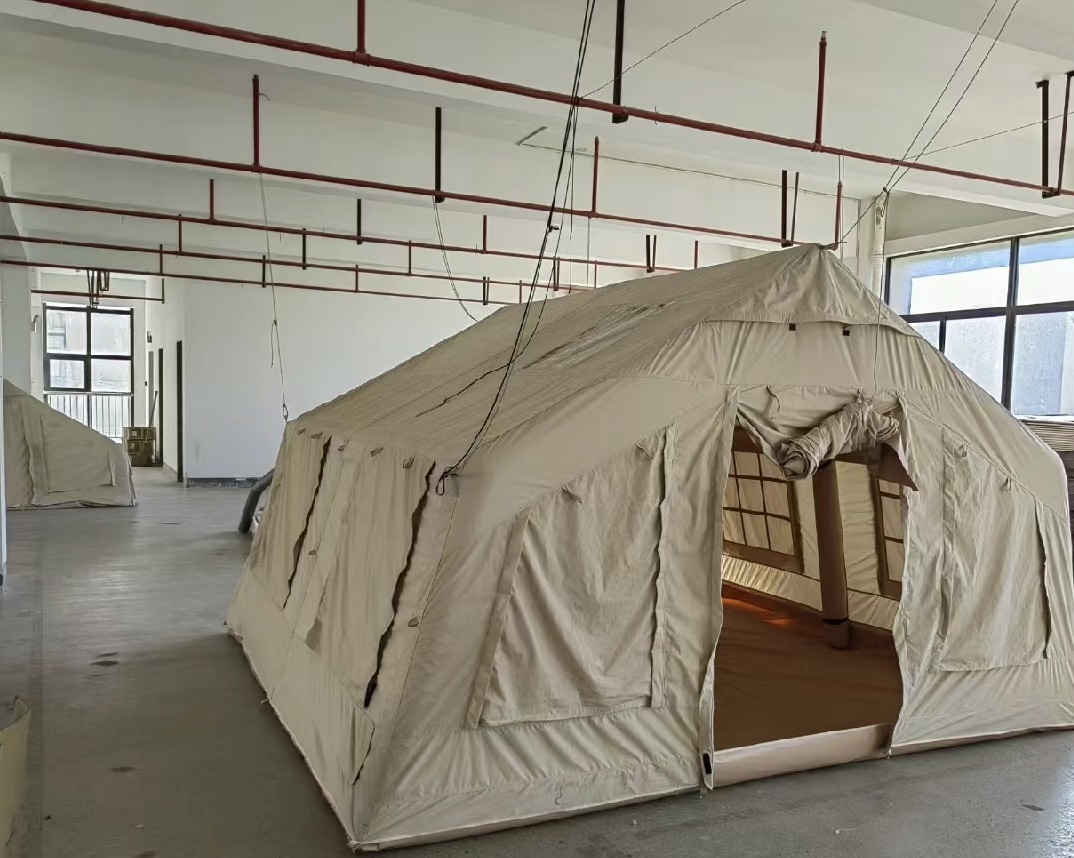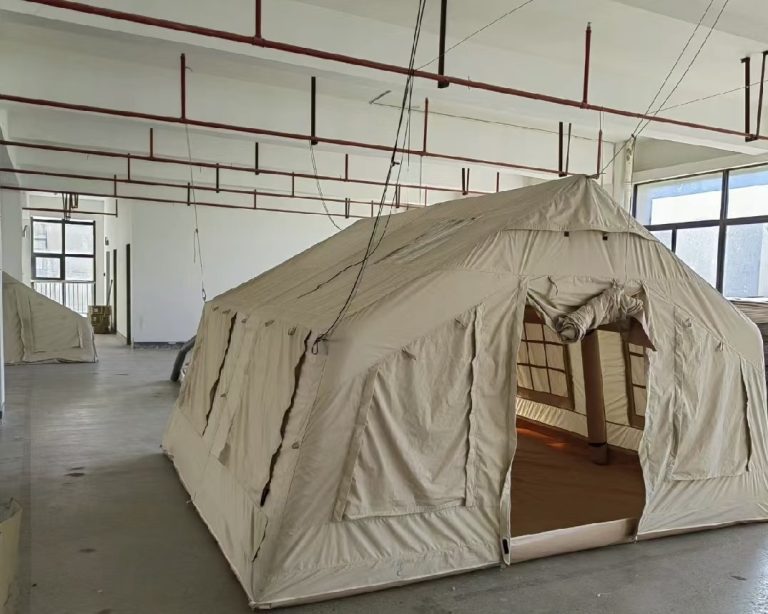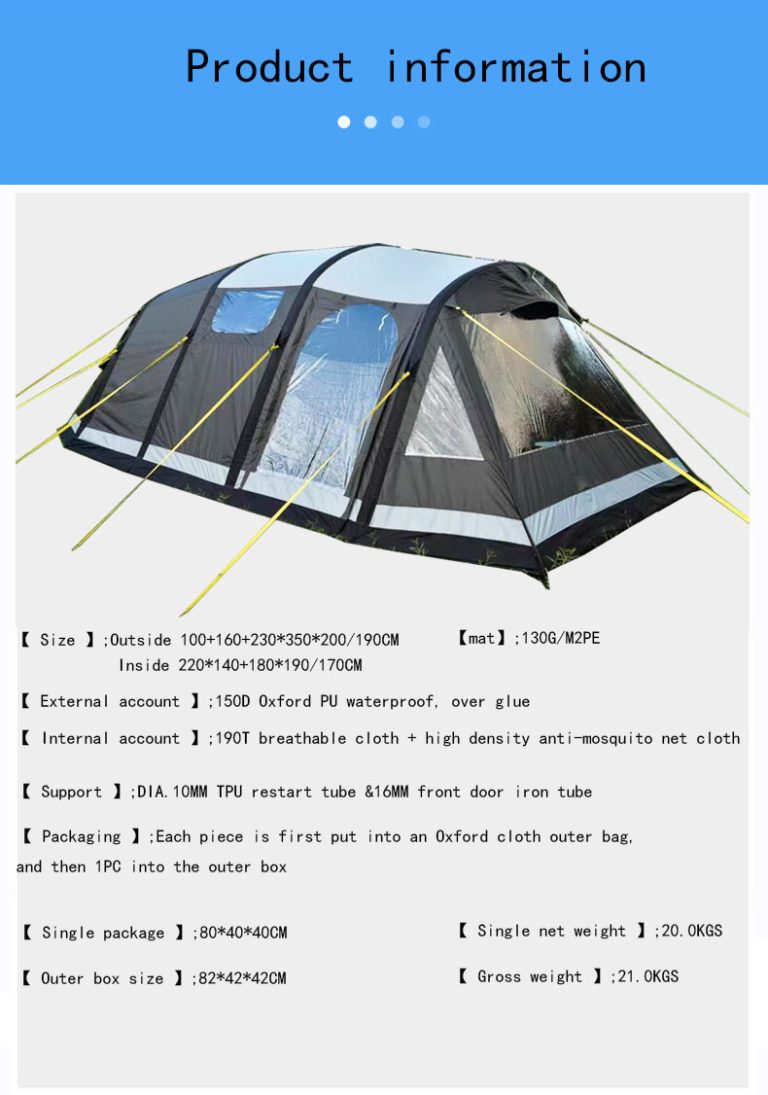Table of Contents
Benefits of Living Off-Grid: Is It Worth It?
Living off-grid has become an increasingly popular lifestyle choice for many individuals seeking independence from the constraints of modern society. The idea of disconnecting from the grid and relying on self-sustaining resources may seem daunting to some, but for others, it offers a sense of freedom and autonomy that is unmatched by conventional living. In this article, we will explore the benefits of living off-grid and whether or not it is worth making the switch. Another benefit of living off-grid is the opportunity to live a simpler, more self-sufficient lifestyle. By growing your own food, raising livestock, and harvesting resources from the land, you can become more in tune with nature and develop a greater appreciation for the Earth’s natural resources. This self-reliance can also lead to a sense of empowerment and fulfillment, as you take control of your own destiny and become less dependent on external sources for your basic needs.
Living off-grid can also provide financial benefits in the long run. While the initial cost of setting up an off-grid system may be high, the savings on utility bills and other expenses can add up over time. By producing your own energy and food, you can reduce your monthly expenses and potentially save money in the long term. Additionally, living off-grid can insulate you from fluctuations in energy prices and other economic uncertainties, providing a sense of stability and security.
One of the most appealing aspects of living off-grid is the opportunity to disconnect from the hustle and bustle of modern life. By living in a remote location away from the noise and distractions of urban living, you can enjoy a greater sense of peace and tranquility. This can lead to improved mental health and overall well-being, as you have the space and freedom to focus on what truly matters to you.
However, living off-grid is not without its challenges. It requires a significant amount of planning, preparation, and hard work to establish a self-sustaining lifestyle. You must be willing to adapt to a more primitive way of living, without the conveniences and luxuries of modern society. Additionally, living off-grid can be isolating at times, as you may be far removed from friends, family, and essential services.
In conclusion, living off-grid offers a unique set of benefits that can be incredibly rewarding for those willing to make the commitment. From reducing your carbon footprint to embracing a simpler, more self-sufficient lifestyle, there are many reasons why living off-grid may be worth considering. However, it is important to weigh the pros and cons carefully and consider whether this lifestyle is truly compatible with your values and goals. Ultimately, the decision to live off-grid is a personal one that requires careful consideration and planning.
Another benefit of living off-grid is the opportunity to live a simpler, more self-sufficient lifestyle. By growing your own food, raising livestock, and harvesting resources from the land, you can become more in tune with nature and develop a greater appreciation for the Earth’s natural resources. This self-reliance can also lead to a sense of empowerment and fulfillment, as you take control of your own destiny and become less dependent on external sources for your basic needs.
Living off-grid can also provide financial benefits in the long run. While the initial cost of setting up an off-grid system may be high, the savings on utility bills and other expenses can add up over time. By producing your own energy and food, you can reduce your monthly expenses and potentially save money in the long term. Additionally, living off-grid can insulate you from fluctuations in energy prices and other economic uncertainties, providing a sense of stability and security.
One of the most appealing aspects of living off-grid is the opportunity to disconnect from the hustle and bustle of modern life. By living in a remote location away from the noise and distractions of urban living, you can enjoy a greater sense of peace and tranquility. This can lead to improved mental health and overall well-being, as you have the space and freedom to focus on what truly matters to you.
However, living off-grid is not without its challenges. It requires a significant amount of planning, preparation, and hard work to establish a self-sustaining lifestyle. You must be willing to adapt to a more primitive way of living, without the conveniences and luxuries of modern society. Additionally, living off-grid can be isolating at times, as you may be far removed from friends, family, and essential services.
In conclusion, living off-grid offers a unique set of benefits that can be incredibly rewarding for those willing to make the commitment. From reducing your carbon footprint to embracing a simpler, more self-sufficient lifestyle, there are many reasons why living off-grid may be worth considering. However, it is important to weigh the pros and cons carefully and consider whether this lifestyle is truly compatible with your values and goals. Ultimately, the decision to live off-grid is a personal one that requires careful consideration and planning.How to Build a Sustainable Off-Grid Home: Tips and Tricks
Living off the grid has become an increasingly popular lifestyle choice for those seeking to reduce their environmental impact and live a more self-sufficient life. Building a sustainable off-grid home requires careful planning and consideration of various factors to ensure that your home is not only environmentally friendly but also comfortable and functional. In this article, we will explore some tips and tricks for building a sustainable off-grid home that meets your needs and values.| camping tent supplier10 person dome tent | dome tent 2 person | military command tent supplier |
| tent shop in mumbai | best tent for farmers market | 30 x 40 frame tent |
 Water is another essential consideration when building a sustainable off-grid home. Harvesting rainwater, installing a well, or utilizing a nearby water source can provide you with a reliable water supply without relying on municipal water systems. Implementing water-saving fixtures, such as low-flow toilets and showers, can also help reduce your water consumption and minimize your impact on the environment.
When it comes to materials and construction practices, choosing sustainable and eco-friendly materials is key to building a sustainable off-grid home. Opting for locally sourced materials, recycled materials, or materials with low embodied energy can help reduce the environmental impact of your home. Additionally, using non-toxic and natural building materials can create a healthier indoor environment for you and your family.
In conclusion, building a sustainable off-grid home requires careful planning, consideration of various factors, and a commitment to reducing your environmental impact. By incorporating passive solar design, renewable energy sources, water conservation practices, and eco-friendly materials, you can create a home that is both environmentally friendly and comfortable to live in. Living off the grid may require more effort and investment upfront, but the long-term benefits of self-sufficiency, reduced energy costs, and a smaller carbon footprint make it a worthwhile endeavor for those seeking a more sustainable lifestyle.
Water is another essential consideration when building a sustainable off-grid home. Harvesting rainwater, installing a well, or utilizing a nearby water source can provide you with a reliable water supply without relying on municipal water systems. Implementing water-saving fixtures, such as low-flow toilets and showers, can also help reduce your water consumption and minimize your impact on the environment.
When it comes to materials and construction practices, choosing sustainable and eco-friendly materials is key to building a sustainable off-grid home. Opting for locally sourced materials, recycled materials, or materials with low embodied energy can help reduce the environmental impact of your home. Additionally, using non-toxic and natural building materials can create a healthier indoor environment for you and your family.
In conclusion, building a sustainable off-grid home requires careful planning, consideration of various factors, and a commitment to reducing your environmental impact. By incorporating passive solar design, renewable energy sources, water conservation practices, and eco-friendly materials, you can create a home that is both environmentally friendly and comfortable to live in. Living off the grid may require more effort and investment upfront, but the long-term benefits of self-sufficiency, reduced energy costs, and a smaller carbon footprint make it a worthwhile endeavor for those seeking a more sustainable lifestyle.




